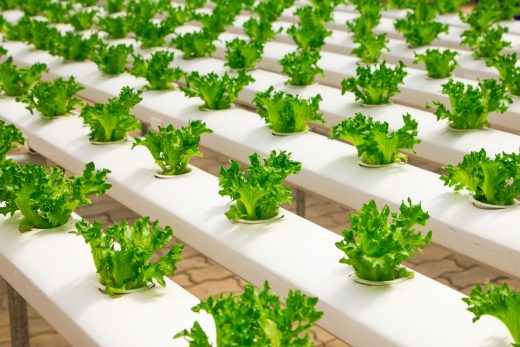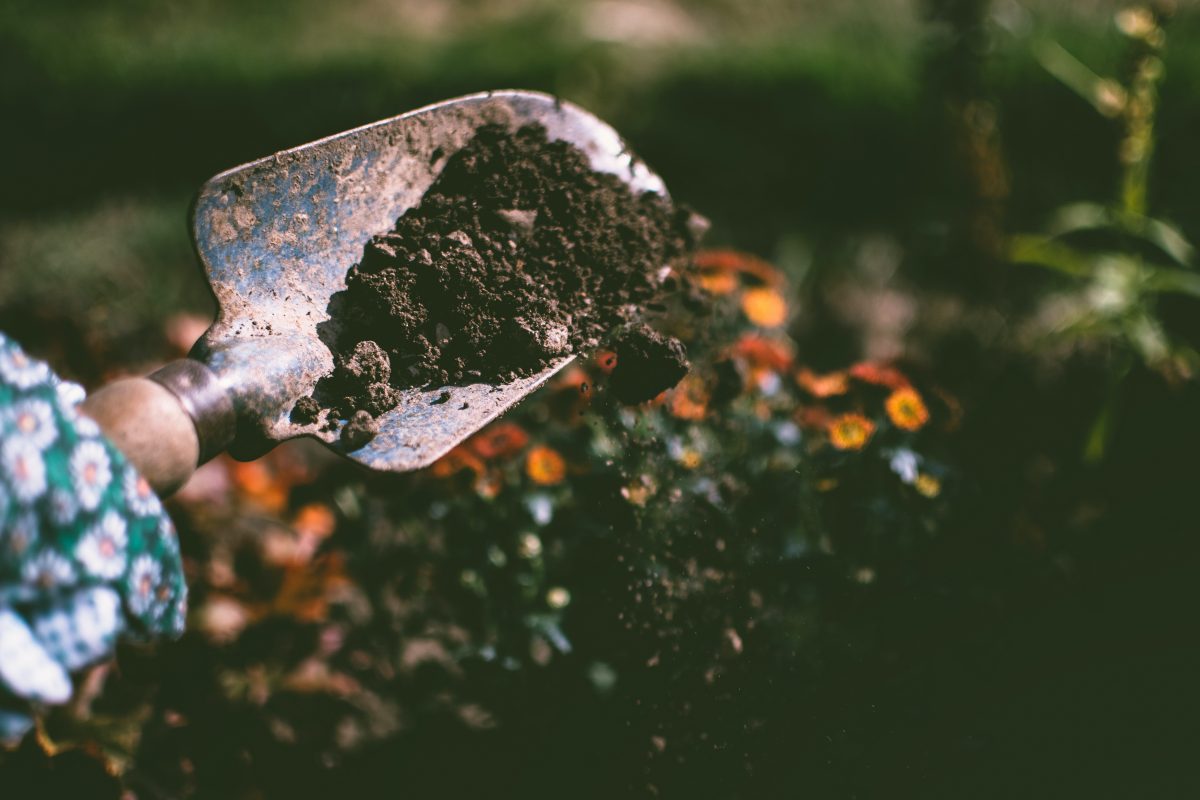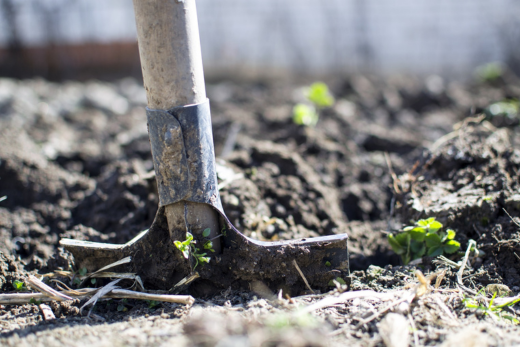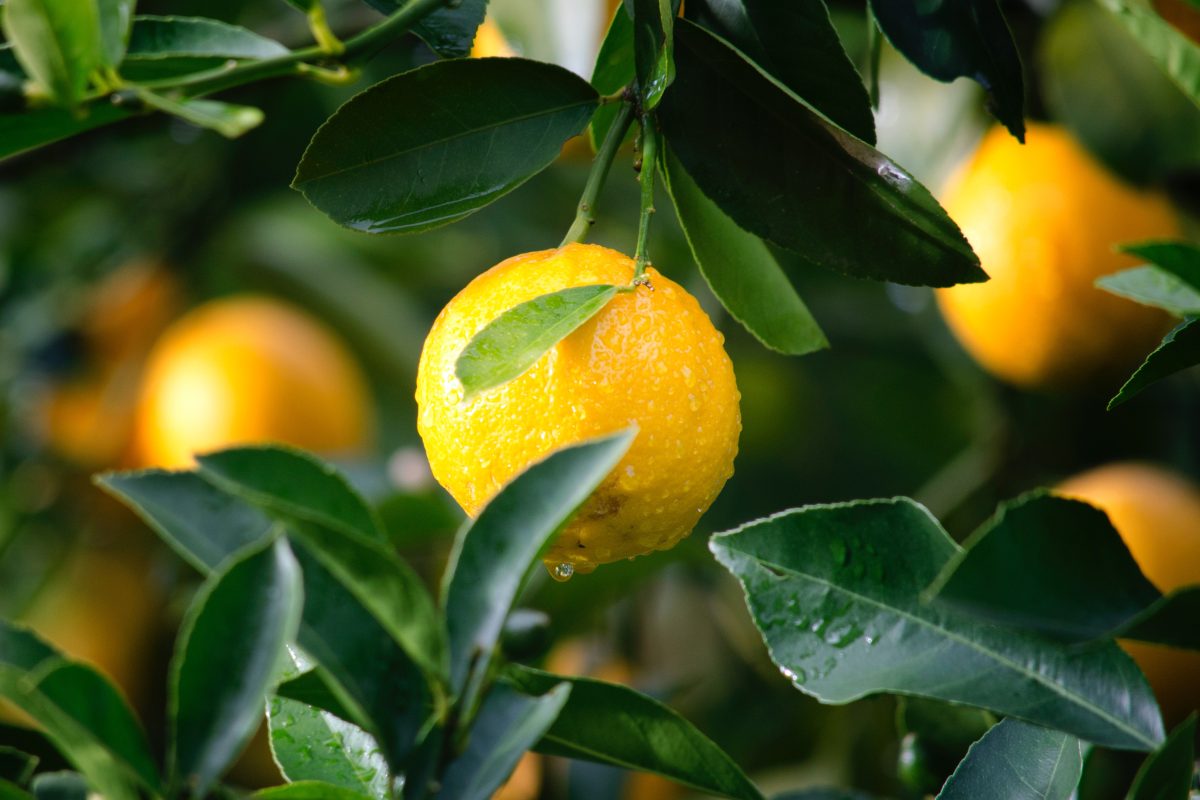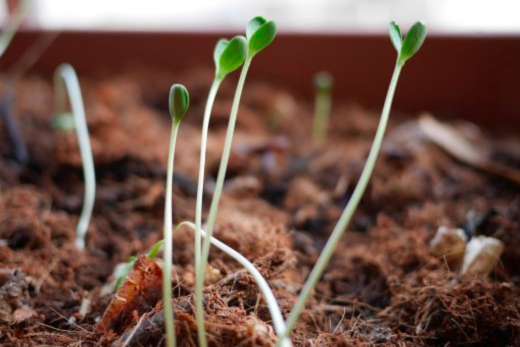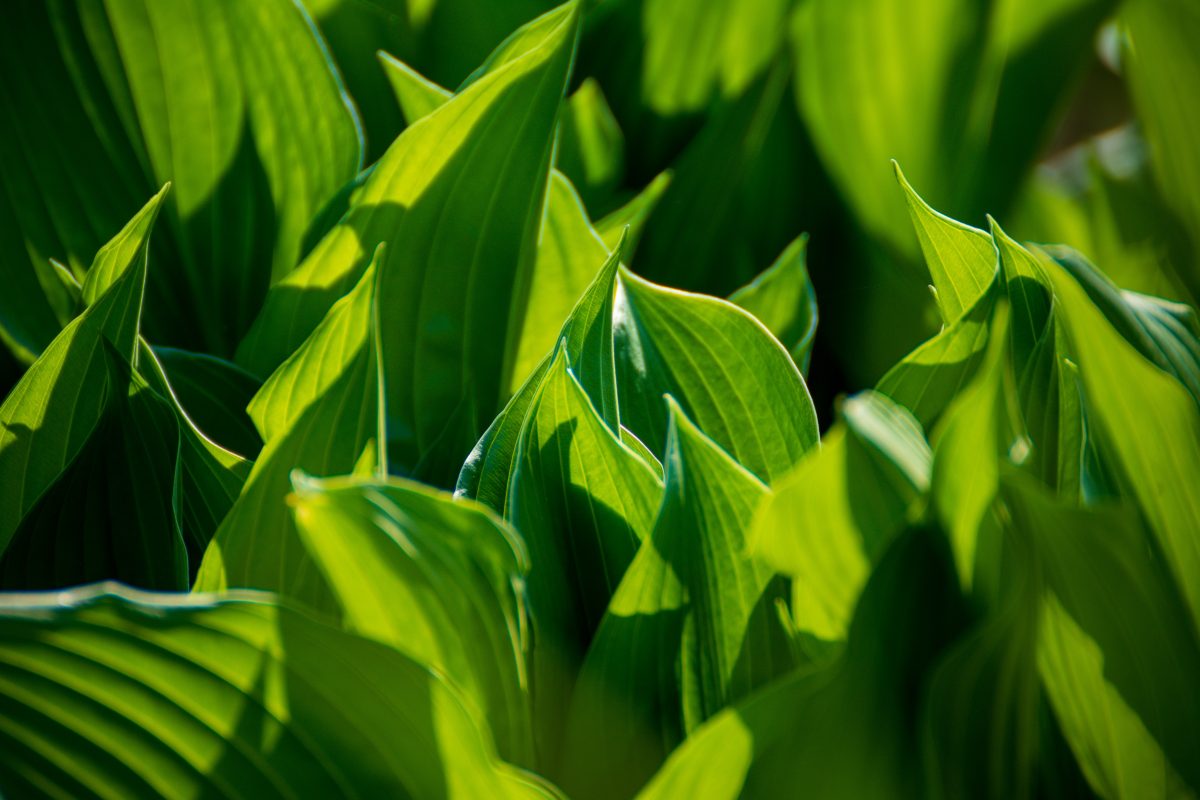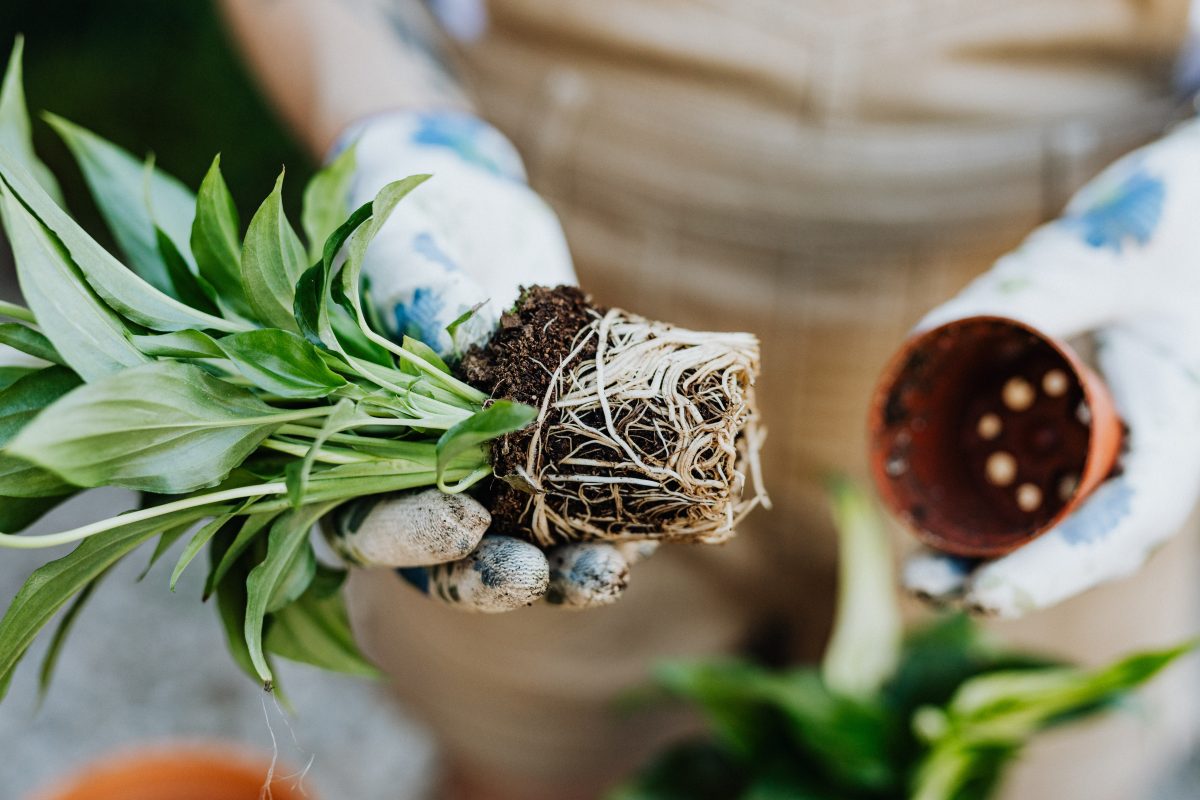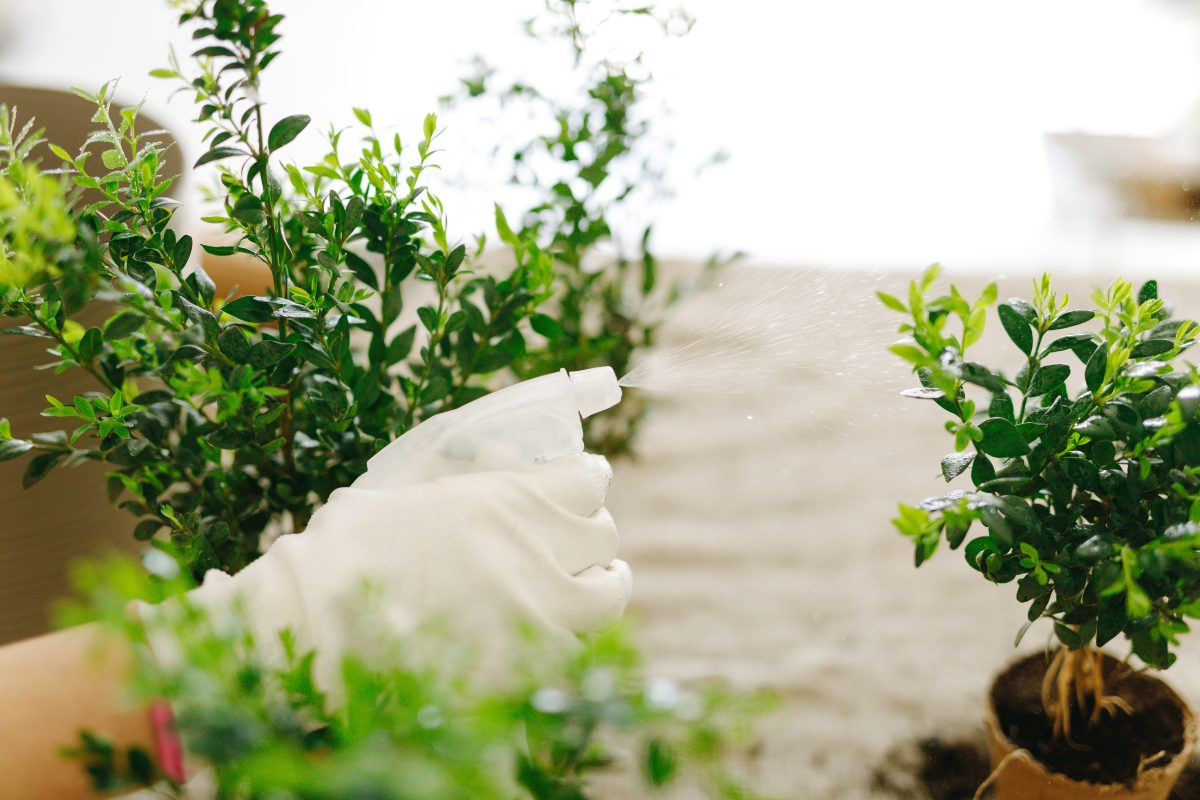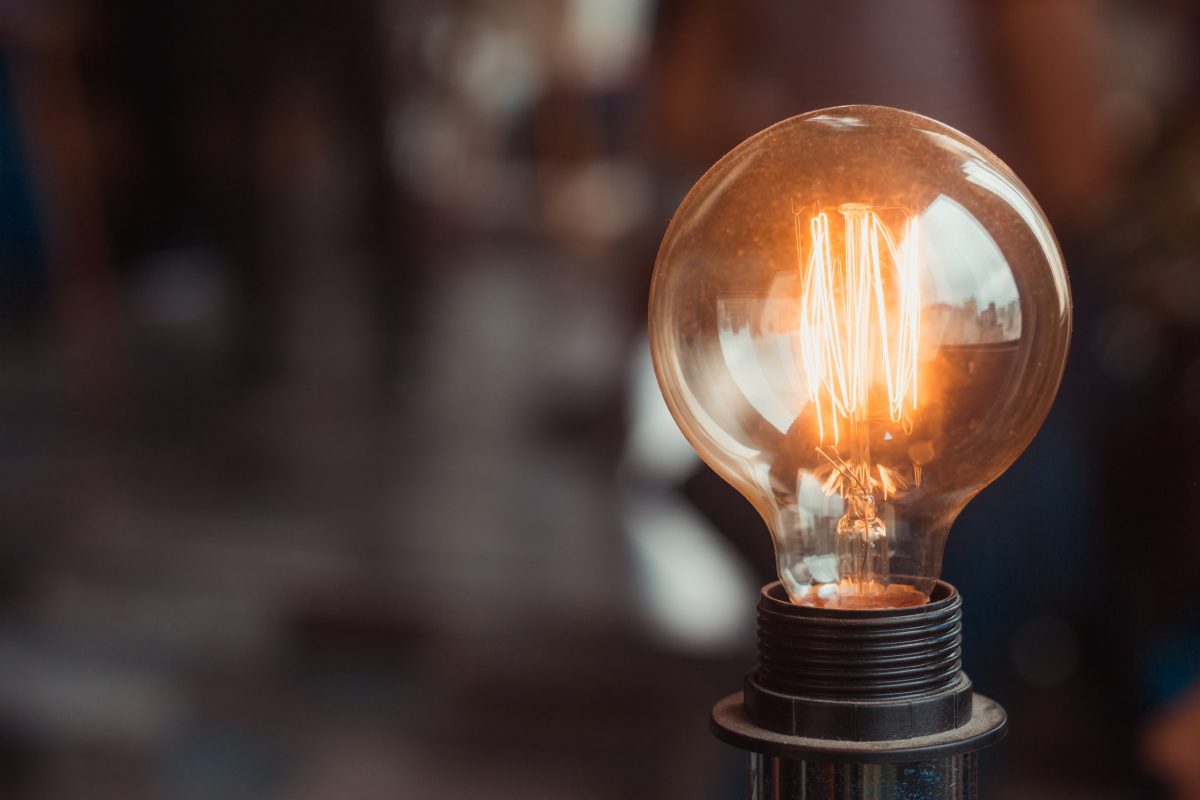Imagine cultivating a thriving garden without the need for soil or constant weeding, a garden that produces faster-growing, high-yielding plants while using less water and space. Welcome to the world of hydroponic gardening, an innovative and eco-friendly approach to growing plants that’s taking the horticulture scene by storm.
This game-changing method has captured the interest of urban gardeners, commercial growers, and plant enthusiasts alike, as they seek more efficient and sustainable ways to tend to their plants. In this article, we’ll delve into the fascinating science behind hydroponic gardening, explore the various systems and techniques employed, and uncover the secrets of how these soilless systems nurture and nourish plants to their full potential.
What Is Hydroponics?
Hydroponics is a method of gardening that involves growing plants without soil. Instead, plants are grown in a nutrient-rich solution that is delivered directly to their roots. This solution can be delivered through a variety of systems, such as a drip system, wick system, or flood and drain system. The plants are usually grown in a sterile, inert medium, such as perlite, vermiculite, or coconut coir, which provides support for the roots.
According to USDA1, hydroponics have been in use for over a century. In the case of hydroponics, the water does the work instead of the soil, hence the name: ‘hydro’ the Greek word for water and ‘ponos’ meaning work.
Hydroponic gardening has become increasingly popular in recent years, particularly in urban areas where space is limited, and soil quality may be poor. It offers several advantages over traditional soil-based gardening, including faster growth rates, higher yields, and better control over plant nutrition and environmental conditions. Additionally, hydroponic gardening uses significantly less water than traditional gardening, making it a more sustainable and eco-friendly option.
How Do They Work?

Plants need the following to grow water, sunlight, carbon dioxide, and nutrients. Nothing says they need soil. Traditionally, plants get the nutrients from the soil we plant them in.
In hydroponic gardens, the roots get the nutrients that have been dissolved in the water that surrounds the roots. Getting nutrients in this form is much easier for the plants. As a result, the plants tend to grow larger and grow more quickly.
There are 5 main hydroponic systems that are used today. The ebb and flow system is the most popular but there’s also the wick system, deep water culture (DWC), nutrient film technique (NFT), aeroponics, and simple drip systems.
Each system focuses on the 5 things your plants need and you can adjust them as your plants grow for the best results.
- Water
- Your plants will thrive in the best water that’s filtered with a perfect pH balance.
- Oxygen
- In traditional farming, the roots of your plants get oxygen from pockets in the soil. Your hydroponics system will often leave space between the base of your plant and the water for oxygen purposes. Or it will use a bubbler (much like a fish tank) to bring oxygen to the roots.
- Root Support
- Without soil, your plant’s roots will need a little support. Hydroponic systems use materials like vermiculite, perlite, coconut fiber, rockwool, and peat moss to give the roots something to hold on to.
- Nutrients
- Your plants need nutrients like magnesium, calcium, and phosphorus to grow and thrive. These nutrients are blended with the water in hydroponics instead of being found in the organics in the soil. You can find these water-soluble nutrients pre-mixed, or you can make your own.
- Light
- Any indoor plants will need grow lights and each type of plant will have specific lighting needs. That doesn’t change between traditional farming and hydroponics.
What Are The Benefits Of Hydroponics?
- Hydroponics uses less water. Not only is it recirculated, but it can be filtered, have nutrients added back in, and re-used.
- Hydroponics uses less space. Food can be produced anywhere and anytime.
- Hydroponics uses fewer chemicals and fertilizers. which is good for the environment and your wallet.
- Without soil, hydroponics plants have lesser problems with pests and diseases. Not only does that mean strong plants that yield more, but less use of chemical pesticides.
- Hydroponics controls the climate and conditions.
- Ultra-fresh produce. Keep the produce local by growing it anywhere, even directly behind the restaurant that serves it!

Hydroponic gardening also produces more yield per square foot than traditional gardening methods, so you can get more food from the same space. This is because plants grow faster when they’re bathed in nutrient-rich water instead of soil, so there’s no need to worry about them drying out or becoming root bound.
Hydroponic systems allow you several harvests throughout the year instead of just one big harvest at the end like when growing outdoors – making it great for those who want fresh veggies all year round!
How Does Hydroponics Compare To Traditional Farming?
Both forms of gardening/farming have advantages and disadvantages. As mentioned before, the big benefit of hydroponics over traditional farming is it uses less water. As much as 10 times less water because the water is captured and reused and there’s less of a problem with evaporation.
Hydroponics creates an environment where plants can grow quickly, which is a significant advantage in our changing world. The incredible amount of control we have in a hydroponic system means the plants can create nutrient dense produce and in greater quantities. Hydroponic, vertical farms can grow 240 times more produce2 than traditional farms (mostly due to multiple harvests).
On the downside, hydroponic systems require a significant investment of time and money to start up and keep going compared to the constant and even cost of traditional farming. Hydroponics requires more energy to run, but it does pay off in the end with incredible yields.
Final Thoughts
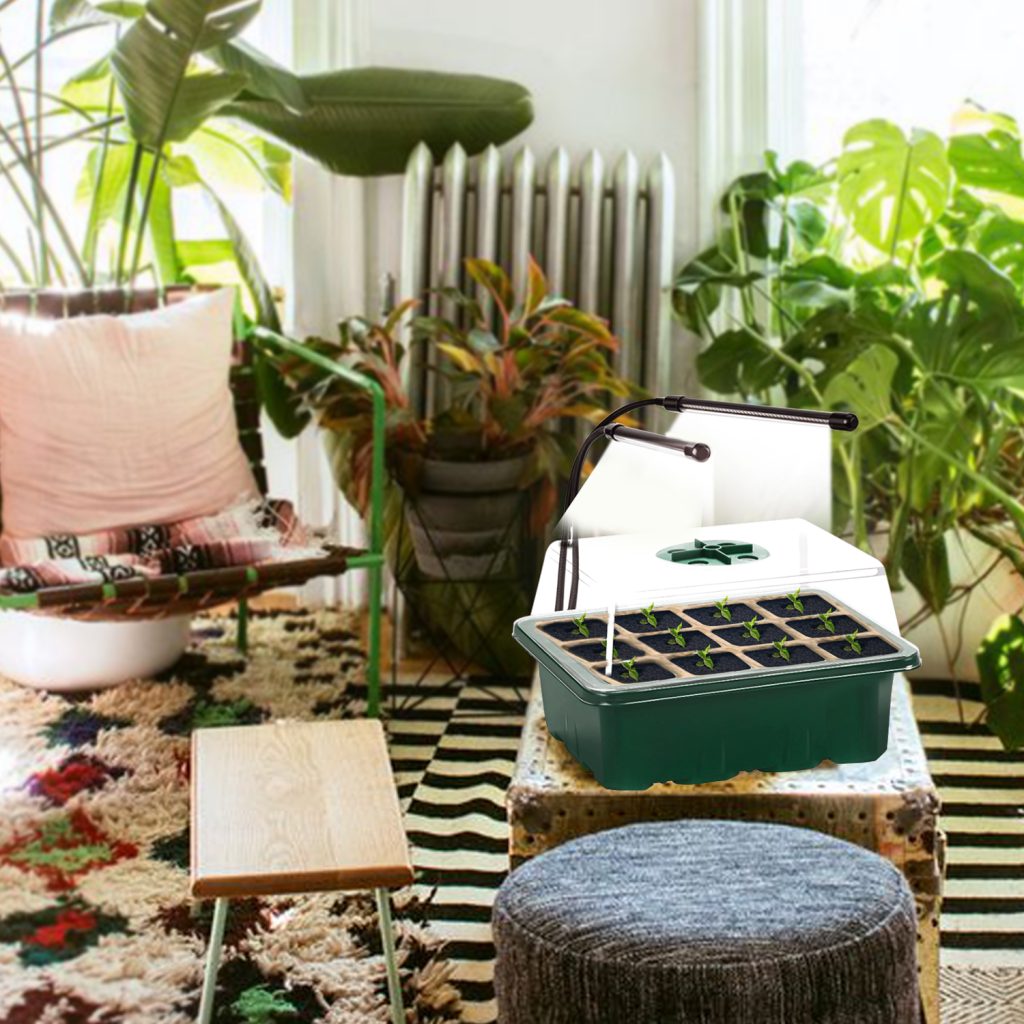
Hydroponic Gardening is a revolutionary approach to agriculture that offers a sustainable and efficient alternative to traditional soil-based farming. By utilizing nutrient-rich water solutions and tailored growing environments, hydroponics enables plants to thrive without the need for vast amounts of land or water.
The adoption of hydroponics can lead to significant benefits, including higher crop yields, faster growth rates, and reduced water consumption. Moreover, this method provides opportunities to grow food in space-constrained urban settings and areas with less-than-ideal soil conditions.
Even though long-term rewards of hydroponic gardening are undeniable, the initial investments and energy requirements may pose challenges. Meanwhile, you can check out LightlyBloom’s Seed Starter Kit which is a convenient and cost-saving way to start growing your seeds.

